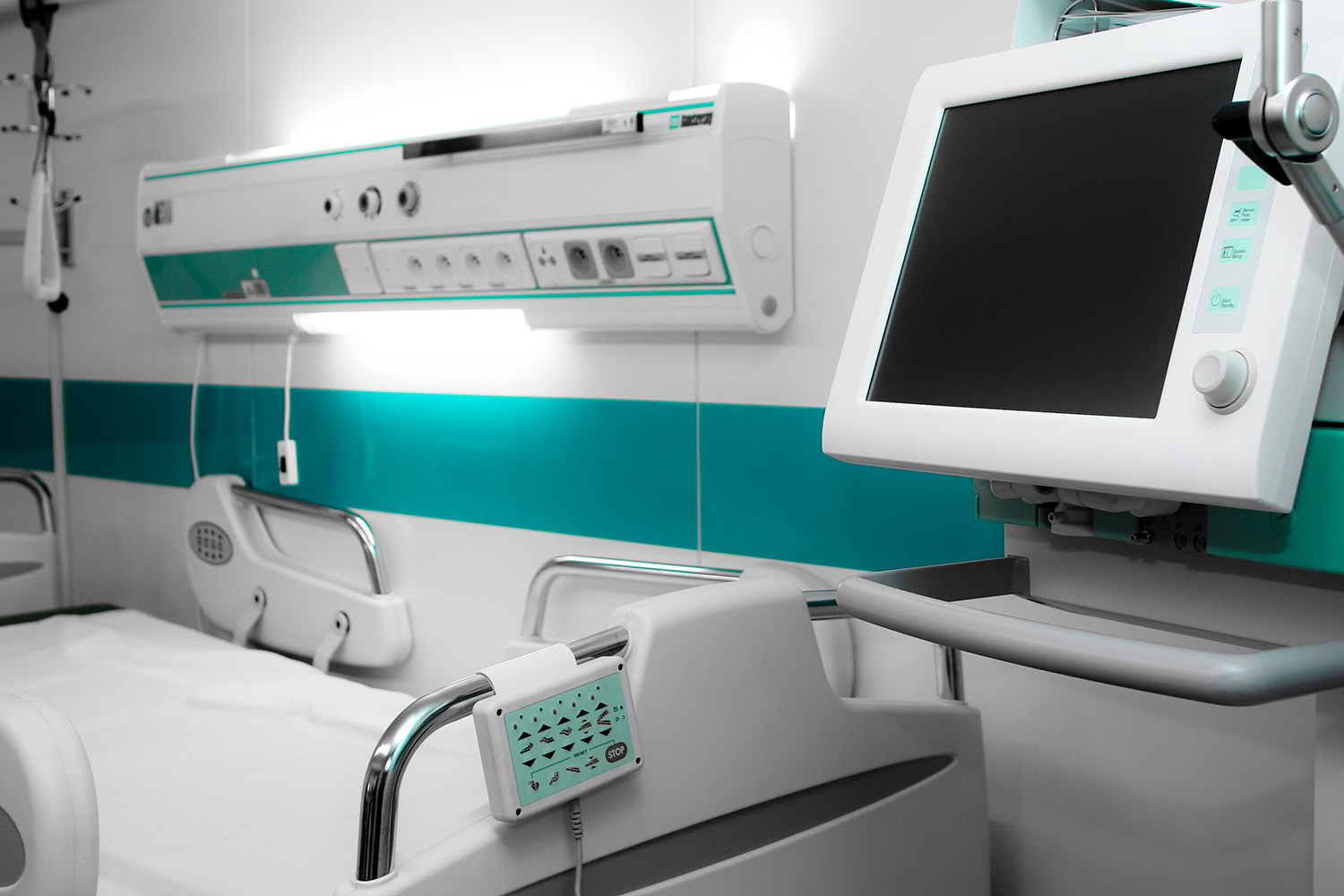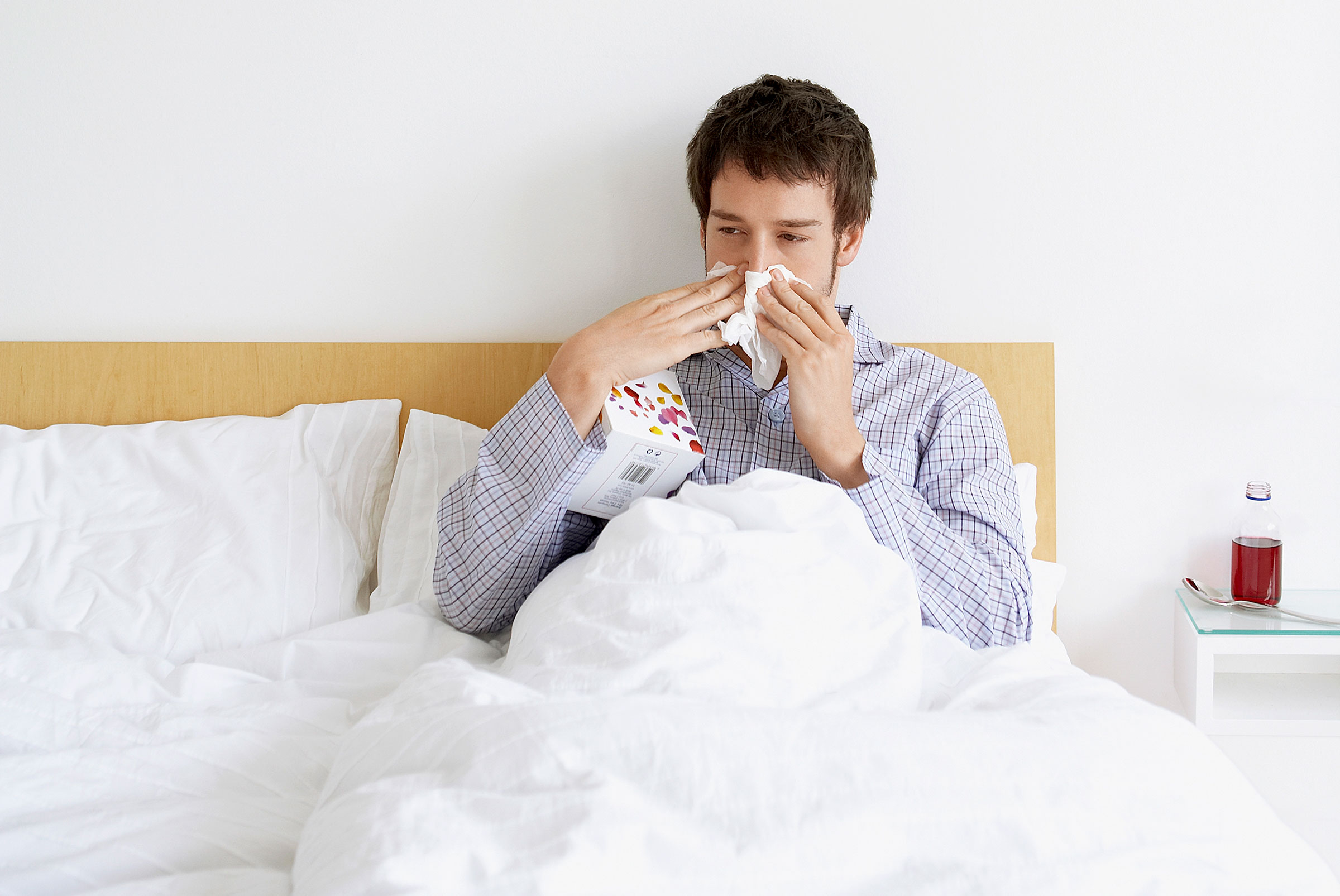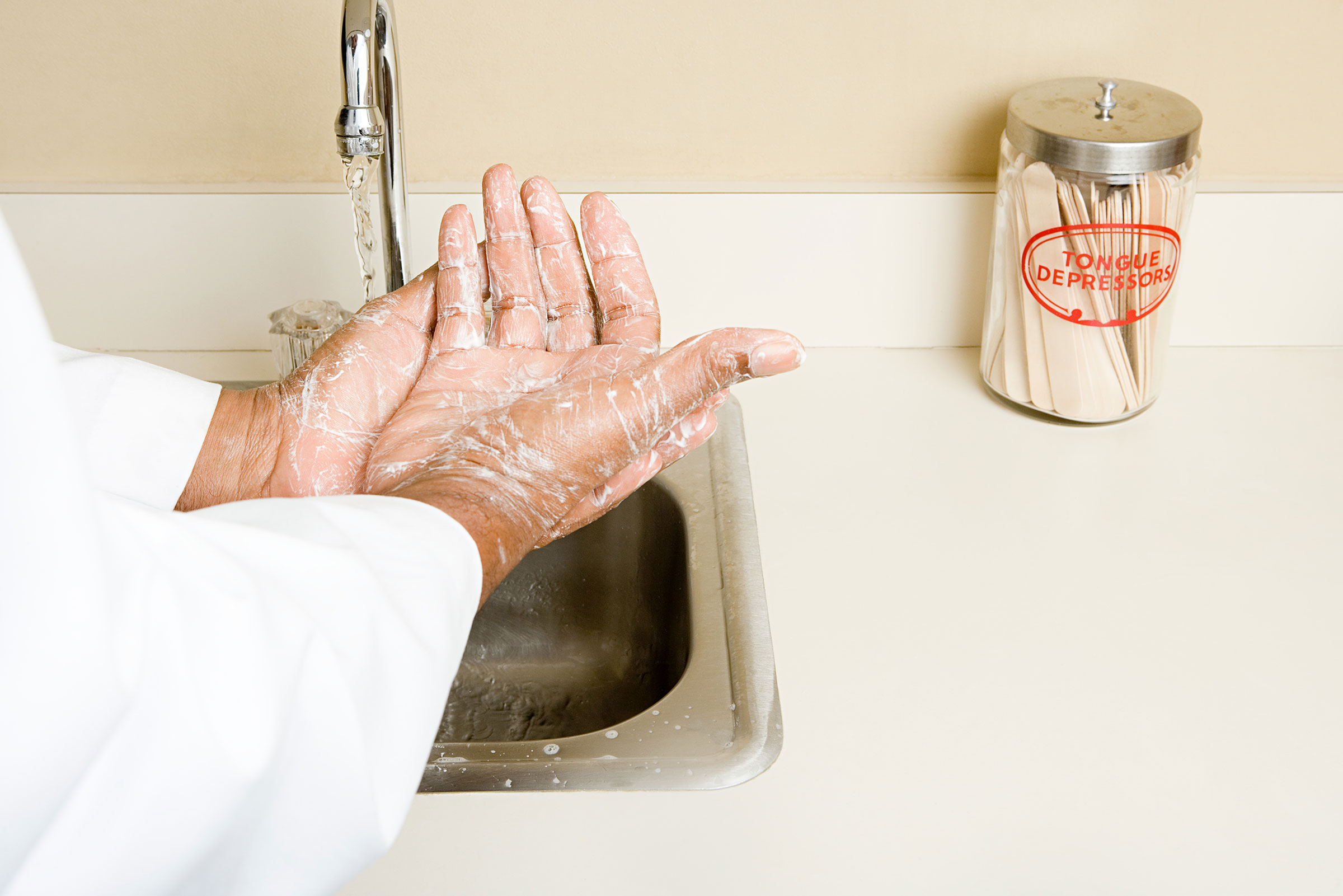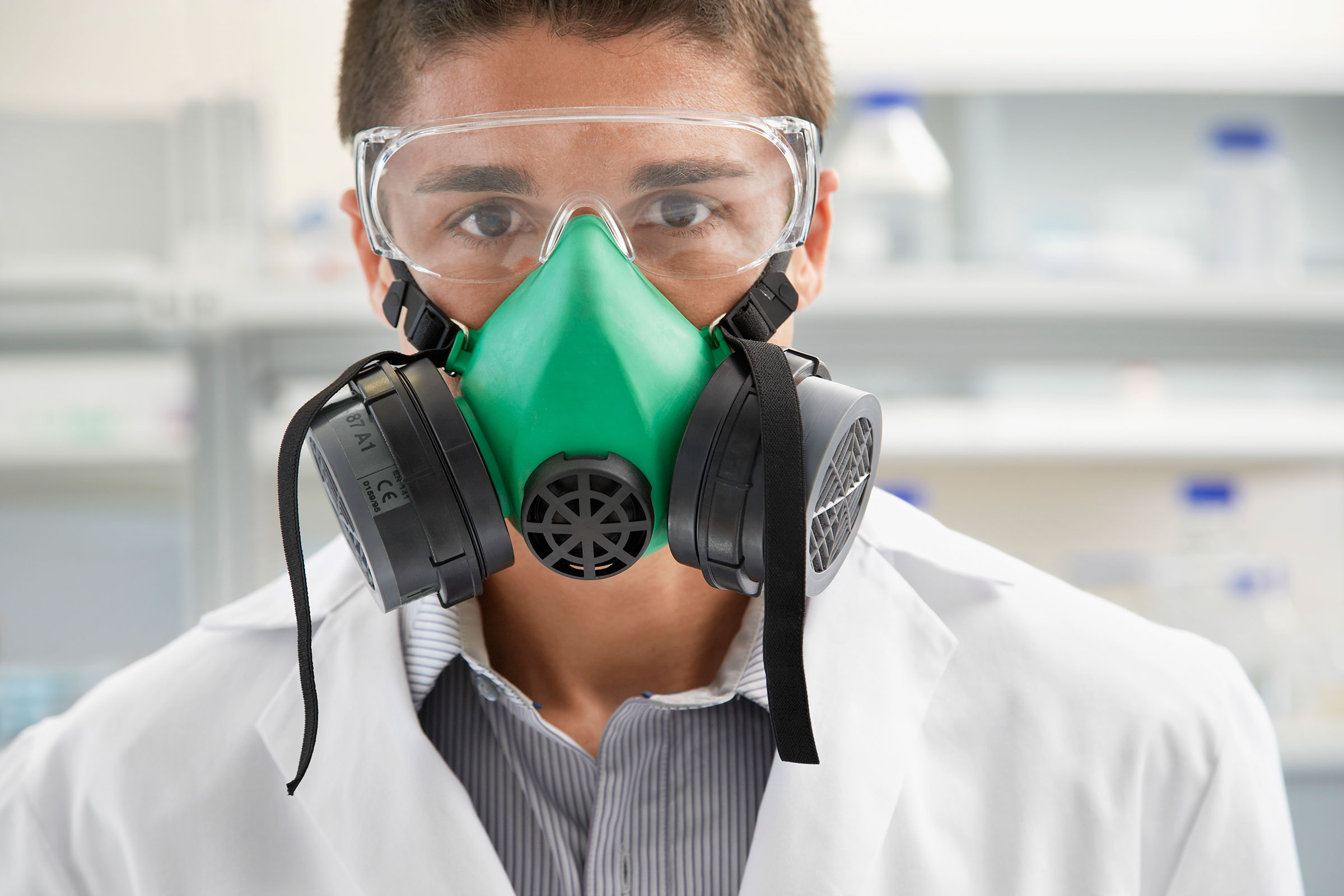Cleaning Patient Care Equipment
How Should I Clean This? Take your pick of any type of patient care equipment in the inpatient or outpatient setting, and I have probably been asked about cleaning it. Let’s quickly review some basics. Always use an Environmental Protection Agency (EPA) registered hospital grade disinfectant, which...









